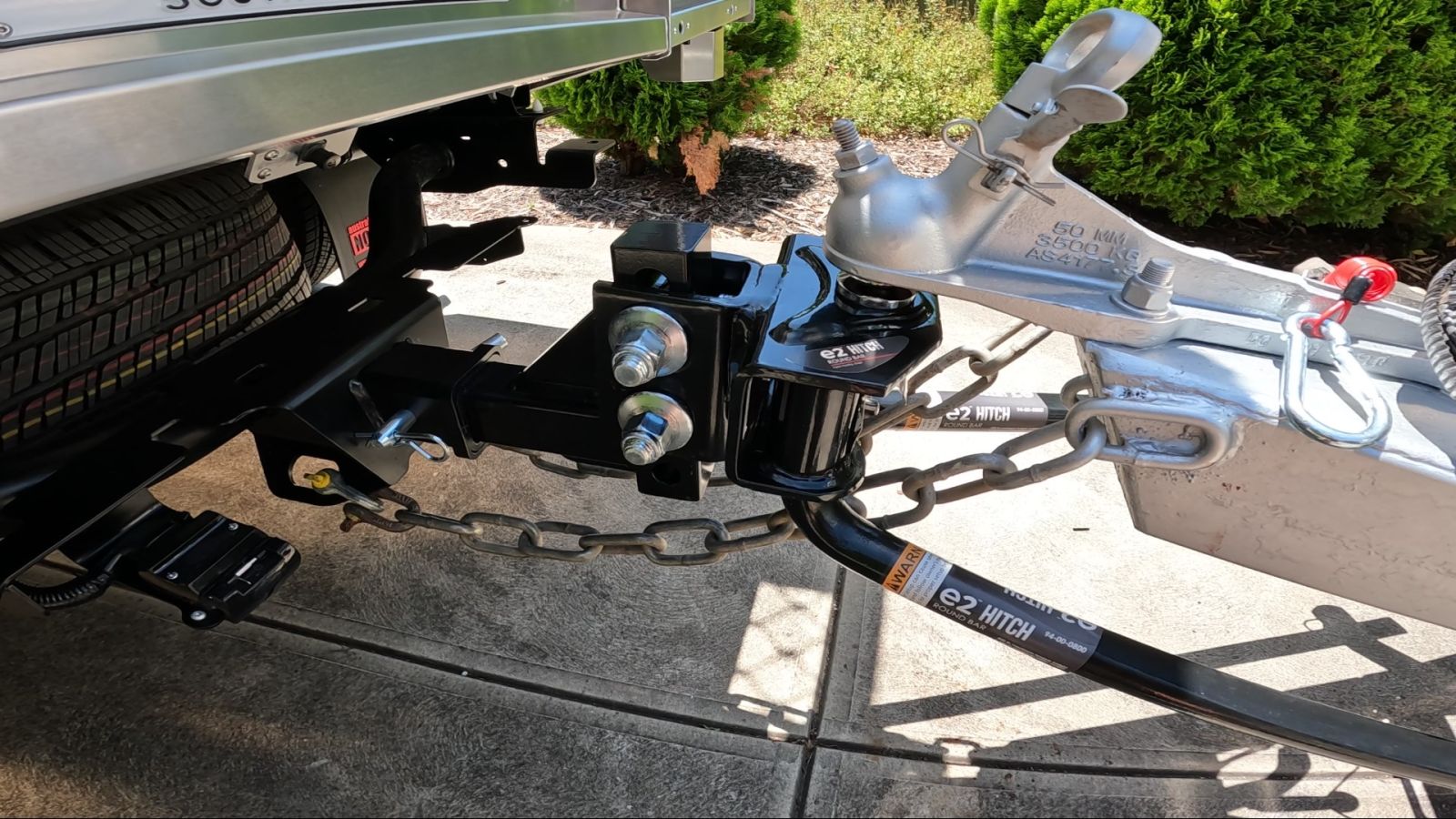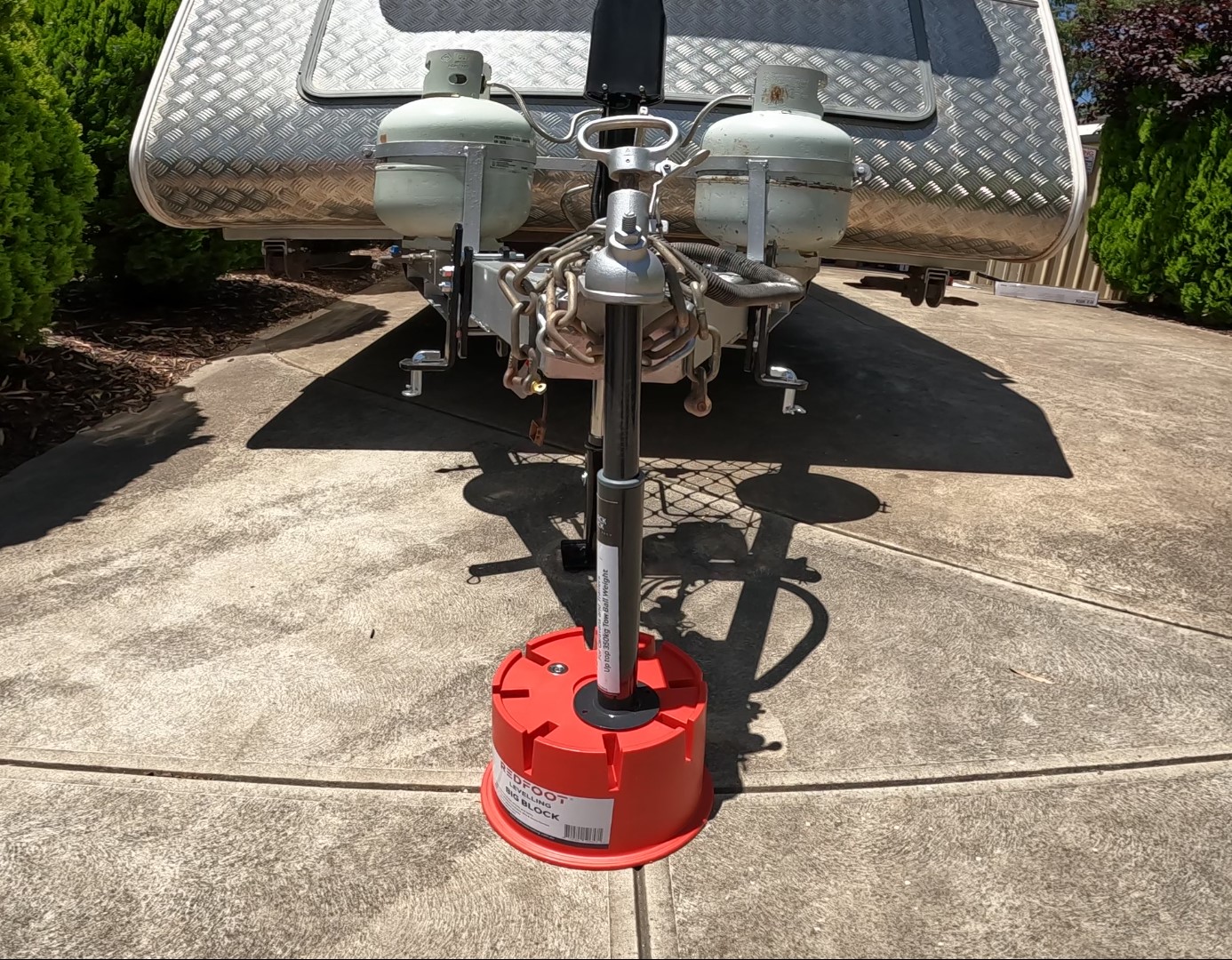Sway control mechanisms frontline most caravan parts stores around the world. Sway is often placed within the bracket of issues too technical to be understood by the layperson. Which is why there is so much ambiguity surrounding it. A more realistic understanding of caravan sway is in fact based on common sense and common physics, and so is an accurate understanding of how to reduce sway while towing your caravan.
Some caravan sway is inevitable
The first – and simple – fact to understand and accept is that when you’re towing a heavy caravan behind a towing vehicle with significant weight of its own, some sway is only natural. Your caravan and towing vehicle are attached at a single pivot – the towing hitch. Given the typical driving conditions, there is bound to be some turning and steering to do, and some crosswinds or draughts to face. As such, your trailer will sway at least a little from side to side while you drive your towing vehicle.
Essentially, the point here is that no mechanism, however sophisticated, can actually eliminate trailer sway (that would in fact be against the laws of physics). However, there are several ways to reduce caravan sway, and some of these methods are actually quite simple. Here goes:
Lowering the hitch height
If the towing hitch between your vehicle and caravan is too high, it will tend to raise the front of your caravan, making it difficult to handle. A lower hitch height works better in reducing caravan sway.
Installing a weight distribution hitch
A weight distribution hitch is a classic solution to most caravan towing issues, sway included. By definition, it helps in distributing your caravan’s total weight evenly to the front and rear wheels of your towing vehicle. This reduces sway caused by inaccurate weight distribution, besides making steering, accelerating and braking easier. A number of modern weight distribution hitches come with dedicated sway control mechanisms as well.
Getting the tow ball weight right
Adequate tow ball weight is integral to low-sway towing. Use a tow ball that’s compatible with your caravan’s nose weight – neither lower nor much higher. If weigh bridges are not available have a reliable portable scale on hand before your trip. The Black Jack Weight Scale allows your to calculate your tow ball weight on the go, offering additional safety when hitching your vehicle.
Correctly loading your caravan
The furniture, appliances and other items in your caravan can play a significant role in the amount of sway you face on the road. It is always advisable to keep the heaviest items as close to the axle as possible (near the floor), and lighter items above them. Objects such as filled water tanks and bike racks attached to the rear of your caravan can increase caravan sway. These are not always avoidable, though. Some seasoned caravanners also remount their spare tyres under the caravan chassis and in front of the axle.
Replacing your towing vehicle tyres
Tyres with stiffer walls (light truck tyres for instance) help reduce sway while towing your caravan. The extent of caravan sway depends more on the tyres of your towing vehicle than on those of your caravan.
Installing dedicated sway controls
From friction sway controls to spring loaded cam mechanisms, there are a number of dedicated caravan sway reducing implements on the market today. In addition to these, electronic stability controllers can automatically activate your caravan’s brakes if the swaying action exceeds calibrated limits. These devices can reduce the overall caravan sway to a negligible amount.
A few more tips
Avoid driving in conditions that would naturally tend to increase sway, exceptionally draughty weather for instance. Should you begin to experience sway on the road, do not panic. Activate the manual brakes and gently slow the setup down. Keep an eye out for other vehicles on the road; you might not be accustomed to driving with a huge caravan in tow. And ultimately, outfit your towing setup with appropriate sway control methods and mechanisms, to embark on a safe and enjoyable caravanning holiday.
-
DISCLAIMER* Please note, this advice is general in nature and we strongly recommend consulting the product manual and where relevant, a professional installer.
Comments (2)
Sway control
Sway control mechanisms are nothing but a bandaid , stiffer wall in your tyres are the same , bandaid . Have your entire rig weighed by a mobile weighing service and don’t believe everything you read!!By: Troy Payne on 05 March 2024
www.caravanrvcamping.com.au Response
Hi Troy, weighing your rig is the most important part of towing. It is imperative you know you are on target with your tow vehicles weight, its towing capacity and your RV's loaded weight.








